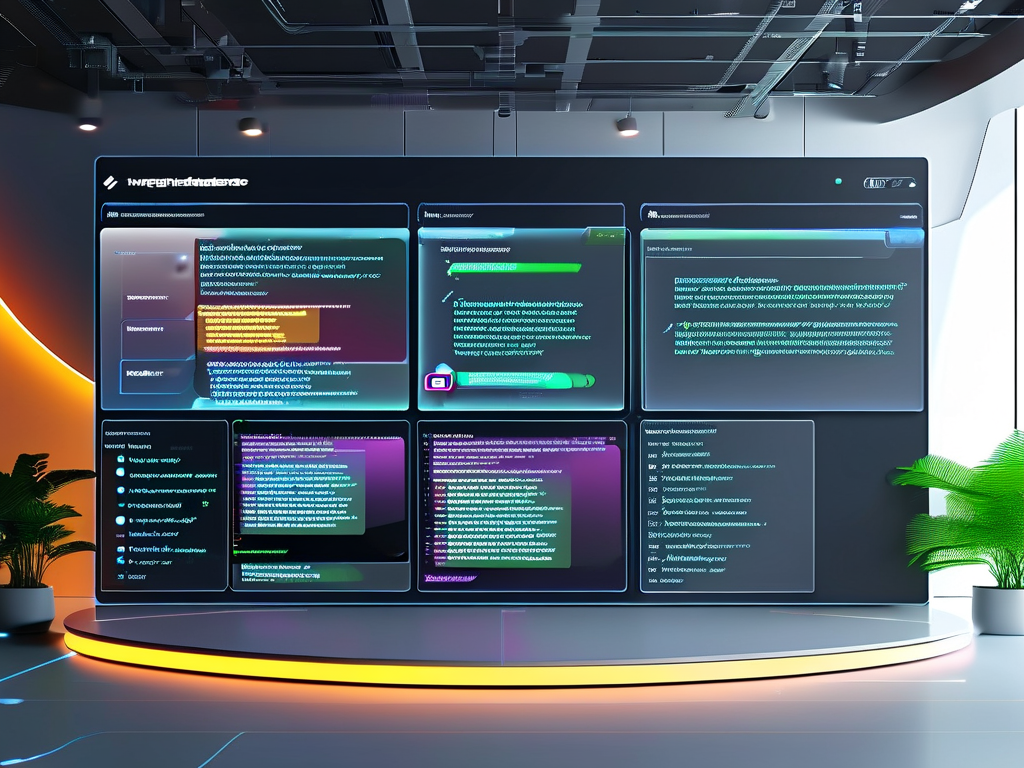In today's fast-paced software development landscape, lightweight automation deployment platforms have emerged as essential tools for teams aiming to accelerate release cycles while maintaining system stability. These platforms bridge the gap between development and operations, enabling organizations to deliver value to end-users faster than traditional manual workflows.

The Rise of Lightweight Solutions
Unlike bulky legacy systems requiring extensive infrastructure, modern lightweight platforms prioritize simplicity and flexibility. Tools like Jenkins X, Argo CD, and custom GitOps frameworks exemplify this shift. They integrate seamlessly with cloud-native environments while consuming minimal computational resources—a critical advantage for startups and enterprises alike.
A key differentiator lies in their architecture. For instance, many platforms now leverage containerization through Docker and orchestration via Kubernetes. This approach allows developers to define deployment logic using declarative YAML configurations rather than writing complex scripts:
apiVersion: apps/v1
kind: Deployment
metadata:
name: web-app
spec:
replicas: 3
template:
spec:
containers:
- name: nginx
image: nginx:1.21
ports:
- containerPort: 80
Such code-driven deployments enable version control integration and audit trails, significantly reducing human error compared to manual server configuration.
Core Capabilities
-
Continuous Integration/Delivery (CI/CD) Pipelines
Automated testing and deployment triggers ensure code changes progress from commit to production without manual intervention. One fintech team reduced deployment times from 45 minutes to 7 seconds after implementing automated canary releases. -
Environment Consistency
Lightweight platforms enforce identical staging and production environments, eliminating the "it works on my machine" dilemma. Terraform modules coupled with Ansible playbooks can provision infrastructure across multiple cloud providers simultaneously. -
Rollback Mechanisms
Automated snapshotting and blue-green deployment strategies minimize downtime during faulty releases. A prominent e-commerce platform achieved 99.998% uptime last quarter using automated rollback triggers based on real-time metrics.
Practical Implementation Challenges
While the benefits are clear, adoption requires careful planning. Teams often underestimate the learning curve associated with infrastructure-as-code (IaC) paradigms. Successful implementations typically follow this pattern:
- Phase 1: Containerize existing applications
- Phase 2: Implement basic CI pipelines
- Phase 3: Adopt GitOps practices for deployment
- Phase 4: Enable progressive delivery techniques
Security remains a persistent concern. A 2023 industry survey revealed that 68% of organizations using automation tools experienced at least one security incident related to misconfigured deployment rules. This underscores the importance of integrating secret management systems like HashiCorp Vault early in the implementation process.
Future Trends
Emerging technologies are pushing lightweight deployment platforms toward new frontiers. Machine learning algorithms now predict deployment success probabilities by analyzing historical data, while serverless architectures challenge traditional notions of environment management. The integration of WebAssembly (Wasm) modules promises to create truly portable deployment workflows across heterogeneous infrastructures.
As edge computing gains traction, lightweight platforms are adapting to manage deployments across distributed nodes. A telecom provider recently demonstrated automatic firmware updates for 50,000 edge devices with zero downtime using a customized lightweight solution.
Lightweight automation deployment platforms represent more than technical tools—they embody a cultural shift toward collaborative, efficient software delivery. By eliminating repetitive tasks, these systems free engineers to focus on innovation rather than maintenance. As the technology matures, we anticipate tighter integration with AI-powered monitoring systems and blockchain-based audit trails, further revolutionizing how organizations approach software deployment.
For teams starting their automation journey, the key lies in choosing tools that align with existing workflows while allowing gradual complexity scaling. The ultimate goal isn’t just faster deployments, but creating resilient systems that adapt to evolving business needs without compromising stability.









